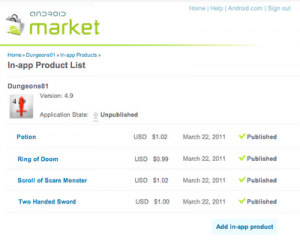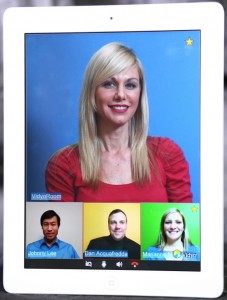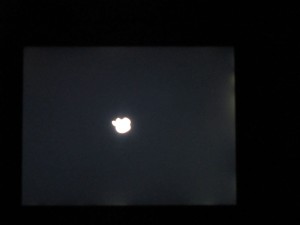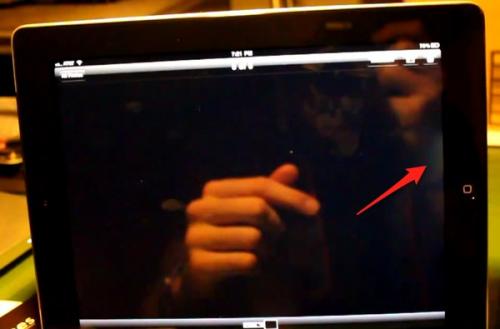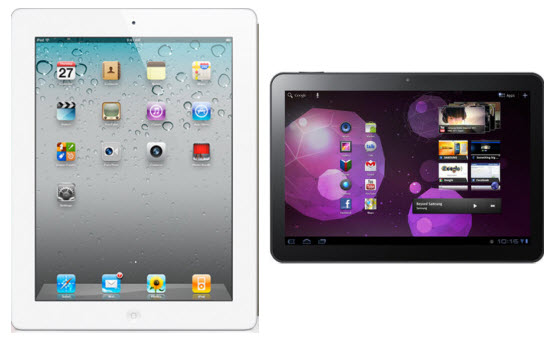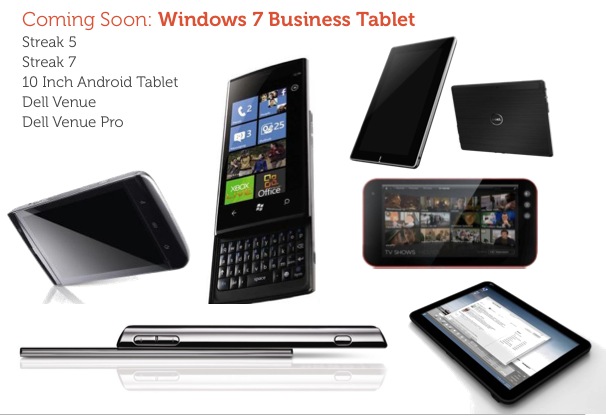 Yesterday, Vimeo announced the launch of their official iPhone app. Preliminary tests indicate that it’s not shabby, and its especially impressive considering that this release is the first iteration of this product. The app is all things video; watching, recording, editing and even delivering video to Vimeo’s site. Although the app isn’t perfect, Vimeo for iPhone is a solid offering.
Yesterday, Vimeo announced the launch of their official iPhone app. Preliminary tests indicate that it’s not shabby, and its especially impressive considering that this release is the first iteration of this product. The app is all things video; watching, recording, editing and even delivering video to Vimeo’s site. Although the app isn’t perfect, Vimeo for iPhone is a solid offering.
The Vimeo for iPhone app is portrait-oriented; unless you’re shooting or viewing video, it wants to be vertical. When I first logged into the app, the default category presented is ‘My Stuff’, which is essentially a list of videos made by folks that I follow on Vimeo. Across the top of the screen we find buttons allowing me to quickly check my video inbox (default view), buttons for things that I like and other buttons for things I’ve saved to watch later. Across the bottom of the screen, there are additional buttons for the other functions of the app including options to “like” your own videos/recordings, browsing and account maintenance features. The videos you’ve uploaded to Vimeo can be viewed as a list or as thumbnails, and sorted by date or by number of views. The search function returns real-time results, which is a search feature that we’ve all come to know and love.
Video-sharing is key to any modern social marketing campaign, and the Vimeo community is one of the most vibrant on the modern web. If you make or share online video for your business, or even just for fun, this app is a must-have.
http://www.youtube.com/watch?v=Q7kUx0sbug0

